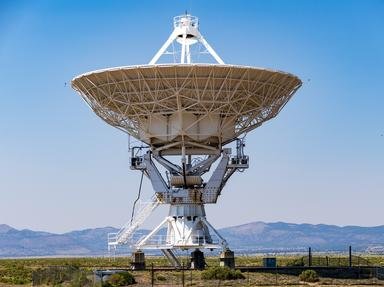Quiz Answer Key and Fun Facts
1. What is the name of the only asteroid visible to the naked eye?
2. The brightest star in the sky, Sirius, is also a binary star. True or False?
3. You can see some of the moons of Jupiter through ordinary binoculars. True or False?
4. When a meteor shower is named after a constellation (for example, the Geminids after Gemini), this means that all meteors seen will be contained within the bounds of that constellation.
5. What is the most active meteor shower that takes place in August every year?
6. Which of the following is not a type of telescope?
7. What magnification would a refractor telescope give if the main objective lens had a focal length of 1200mm and the eyepiece a focal length of 30mm?
8. Which of the following is a type of eyepiece design?
9. You cannot see the Aurora Borealis in the Southern hemisphere. True or False?
10. What type of telescope mount is generally the best for taking long exposure photographs of the sky?
Source: Author
markarian
This quiz was reviewed by FunTrivia editor
crisw before going online.
Any errors found in FunTrivia content are routinely corrected through our feedback system.


